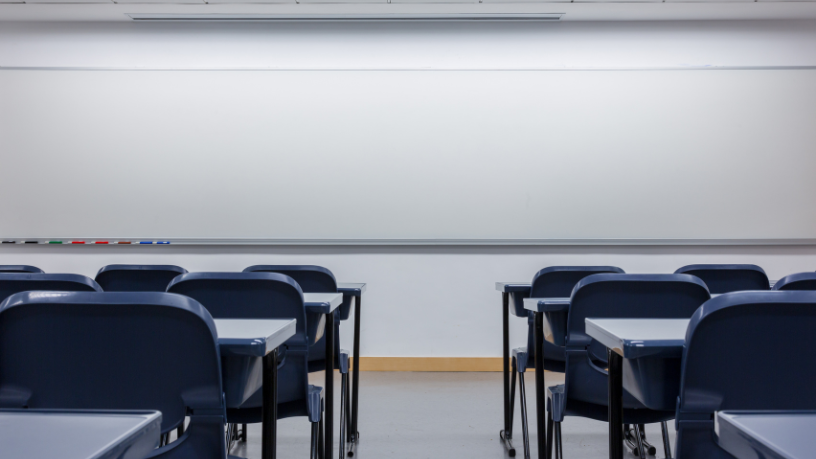As noted by entrepreneur and Maistech owner Teciomar Abila, discussing the role of technology in transforming the classroom is essential to understanding the changes education has faced over the past decades. Technological advancements have not only introduced new tools for teachers and students but have also redefined the way we teach and learn. Digital platforms, multimedia resources, and active learning methodologies driven by innovation have made the classroom more dynamic, inclusive, and connected to the reality of the 21st century.
Explore how technology is redefining the classroom and discover how it can make learning more inclusive, dynamic, and future-ready.
Why is the role of technology in classroom transformation so relevant today?
The role of technology in classroom transformation stands out because it meets an urgent need: bringing schools closer to new generations, who are already immersed in digital environments outside the classroom. This integration allows students to see meaning in what they learn, making education more engaging and aligned with their daily lives. Learning stops being something distant and becomes directly connected to the student’s reality.
In addition, technology enables personalized learning. Through adaptive learning platforms, teachers can closely monitor each student’s progress, identify specific difficulties, and propose targeted solutions. As highlighted by Teciomar Abila, this makes the process more efficient and ensures that no student is left behind. In this way, the classroom becomes a fairer and more inclusive environment.
Another relevant point is the strengthening of collaboration. Digital communication and interaction tools bring teachers, students, and even families closer together, creating a more integrated network. This connection broadens access to knowledge and fosters teamwork — an essential skill for preparing citizens to face contemporary challenges. Continuous interaction contributes to building more active learning communities.

Which technological resources are transforming the classroom?
Among the most widely used resources are online learning platforms, which offer everything from recorded content to live classes. They allow students to access quality materials anytime and anywhere, making learning more flexible. They are also valuable tools for reviewing content and practicing interactive exercises.
Another important resource, according to entrepreneur Teciomar Abila, is the use of augmented reality and virtual reality. These technologies transport students into immersive experiences, allowing them, for example, to study human anatomy in 3D or visit historical sites without leaving the classroom. This type of experience makes learning more engaging and memorable.
How can technology impact teachers and students in the long run?
According to Teciomar Abila, the role of technology in classroom transformation is not limited to the present — it projects significant impacts on the future of education. For teachers, technology represents an opportunity to broaden their toolkit, develop new methodologies, and optimize time, focusing efforts on more creative and strategic pedagogical activities.
For students, the impact is equally transformative. By learning to use digital tools early on, they develop crucial skills for the job market and for life in society. Competencies such as autonomy, critical thinking, and problem-solving are constantly stimulated in technology-mediated learning environments.
In the long term, the combination of in-person and digital learning tends to consolidate the hybrid model as the standard. This approach blends the best of both worlds: the human interaction of the classroom and the flexibility of digital platforms. The result is an education that is more adaptable, inclusive, and capable of preparing citizens for a constantly changing future.
Author: Vania Quimmer





